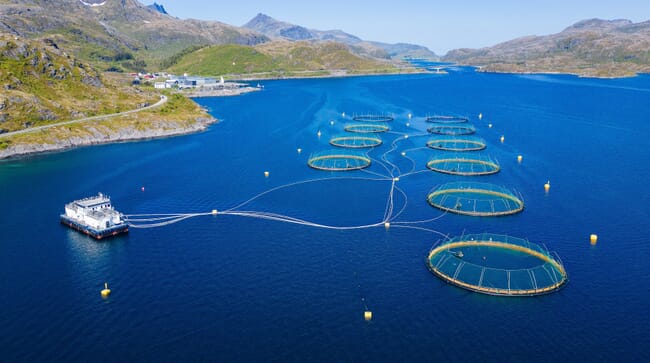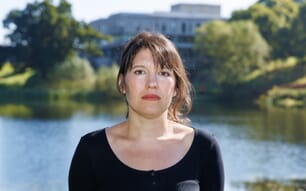
Called 'The Future of Aquaculture - Sustainable Growth and Food for the World', the paper proposes a new system that makes it more profitable for companies to operate with low environmental impact and good animal welfare. It also aims to introduce licences without volume limits and establish tradeable sea lice quotas.
"The main initiative in the White Paper is that we will primarily regulate how production affects the environment, fish health, and welfare – not how much is produced," said Sivertsen Næss.
"Aquaculture is now our second largest export industry, and it is important that Norwegian seafood has a good reputation," she added.
As a result, she aims to address challenges related to the environment and fish welfare.
"We see that current regulations do not provide sufficient incentives for sustainable operations. Therefore, the government proposes a new management system that will make it more profitable to operate with low environmental impact and good animal welfare," she announced.
The report highlights that this will give farmers a greater chance to influence their own growth opportunities and one of the main objectives is to ensure "acceptable levels of sea lice impact" through tradable quotas for lice emissions, based on the carrying capacity of a given area of the sea, with quotas established by regulatory zone and no possibility of use or trade between zones.
"We want sea lice emissions to carry a direct cost for fish farmers. In this way, it will be more profitable to operate with low environmental impact. This will result in more targeted regulation of the industry," Sivertsen Næss observed.
The paper suggests that the current company-level volume limit provides little incentive for operators to develop and invest in more environmentally friendly production methods and that removing the production limit on aquaculture licences would give farmers greater freedom to adapt to the new sea lice regulations, and for the best to increase their production.
Another key point in the report is the possibility of introducing a tax on high mortalities.
"In the Animal Welfare Report, we set a specific goal of reducing mortality to around five percent. We are now following up by introducing a fee on lost fish. The fee will start low and may be increased later. The goal is for fish welfare to improve so much that most won't have to pay the fee," the minister explained.
Once reviewed by parliament, the proposed regulatory changes will go through the usual public consultation process.




